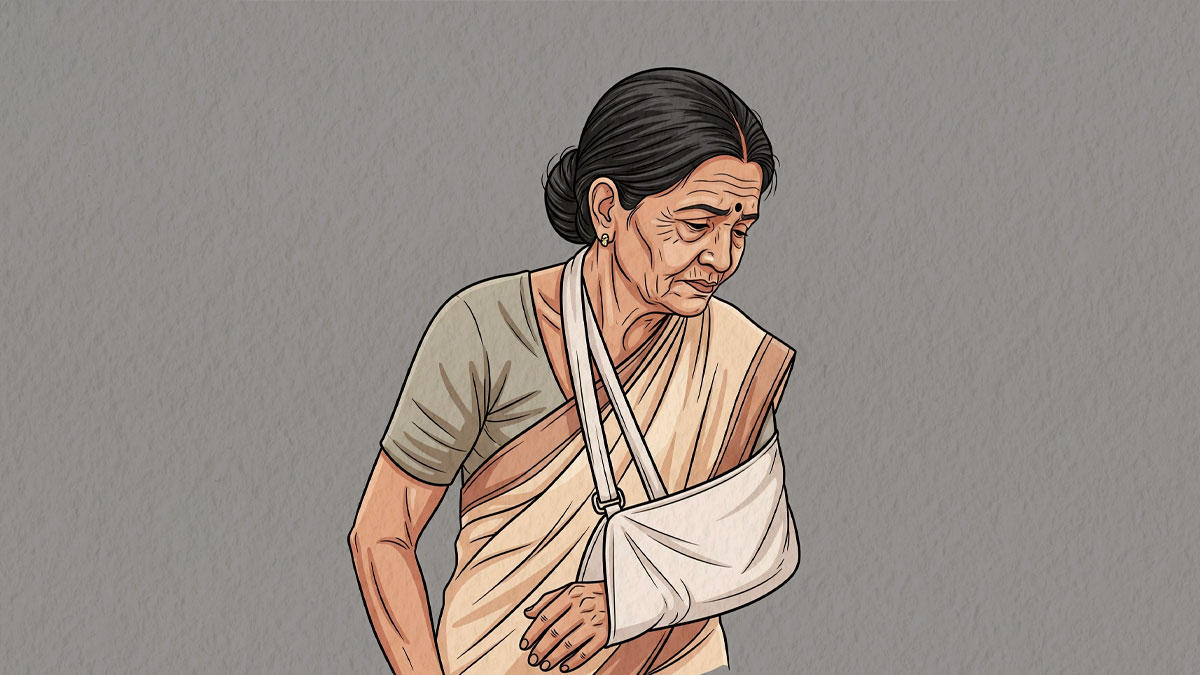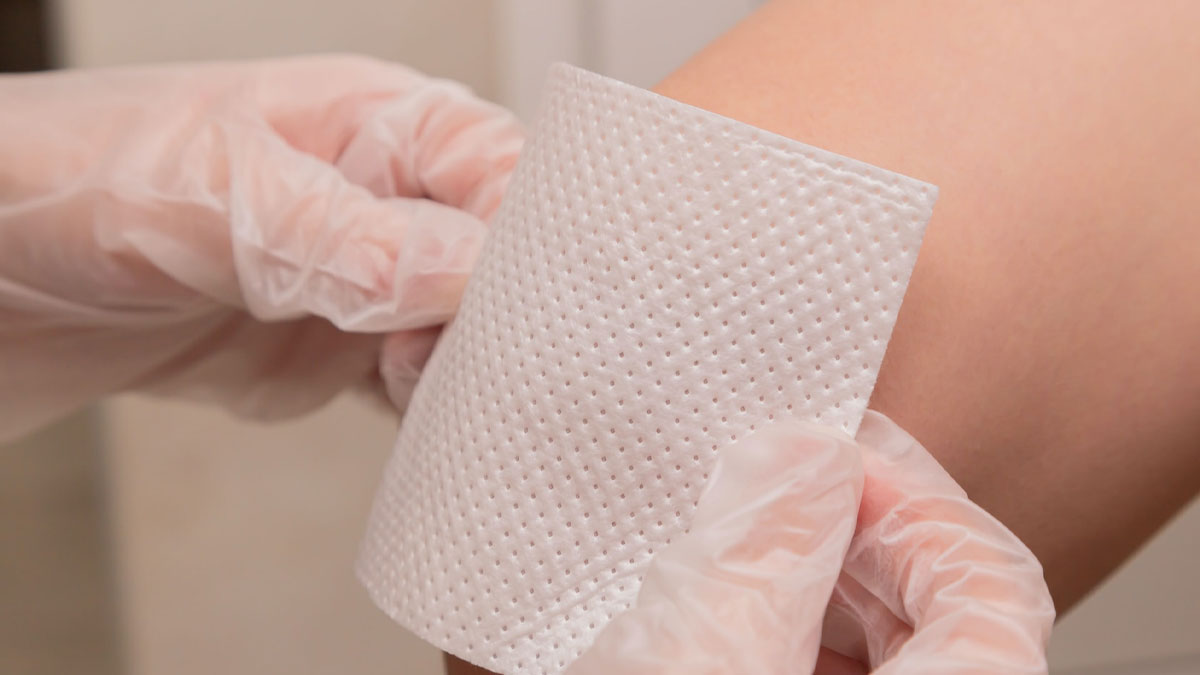-1754546159324.webp)
Pain is something we all dread, especially when it lingers and stops us from doing what we love. For Kanta Devi, 62, this became a harsh reality. In 2020, during her morning jog, she fell and hurt her left hand. What followed was a painful and frustrating journey. She could barely lift a glass of water or manage household chores due to constant pain. Read ahead to know more about her story and explore how India’s first Acellular Human Dermal Allograft Patch surgery helped her ease the pain, and she hopes for a better future.
Table of Content:-
Kanta Devi’s Journey From Injury To Surgery![Kanta Devi’s Journey Acellular Human Dermal Allograft Patch Surgery Inside-3]()
Over the next five years, Kanta visited numerous doctors and hospitals, seeking relief but finding little hope. Finally, in 2025, she underwent a unique surgery, the first of its kind in India, using an Acellular Human Dermal Allograft (HDA) patch, a treatment mostly seen in Western countries until now.
Kanta recalls those tough years, “I felt helpless for so long. Simple things like cooking felt impossible. The pain was constant, and no treatment worked. When I heard about the new surgery, I was hopeful but nervous. Now, after the operation, I feel a new strength in my arm and I can live without the fear of pain.”
ALSO READ: What Is Rhinoplasty: Things to Know Before Considering a Nose Job
What Is Acellular Human Dermal Allograft Patch Surgery?![Acellular Human Dermal Allograft Patch Surgery Inisde-2]()
Dr Priyadarshi Amit, Senior Consultant of Orthopaedics and Upper Limb Surgery at Amrita Hospital in Faridabad, managed Kanta Devi’s case. This surgery was not a usual operation but a complex procedure combining bone grafting with a human dermal allograft patch to support the shoulder’s damaged soft tissue.
Dr Amit explains, “This was an extremely complex case involving both bone loss and soft tissue damage. The joint socket was worn out, and the shoulder muscles were badly torn. We needed a solution that fixed both problems accurately and with long-term strength.”
He adds, “Hence, we decided on using a human dermal allograft patch along with the bone graft to reinforce the repair. To heal the torn rotator cuff, we placed this patch. This method gives the best chance for a long-lasting repair and lowers the risk of re-tear.” This special patch is made from donated human skin. It acts as natural support for the torn muscles, helping the body heal more effectively. Placed over the injured shoulder area, it strengthens the repair and reduces the chance of damage in the future.
What Is The Recovery Time For The Surgery?
The healing process after the surgery usually takes a few months, and this is dependent on how big the tear is and other causes of healing.Majority of the patients are able to have a good range of motion as well as strength of the shoulder within 4 to 6 months.It might however take 12 months to fully recover especially in the case of broader or serious tears.
The doctor further explains that the initial healing phase, where the tendon fuses to the bone, usually lasts 6 to 8 weeks, followed by a gradual rehabilitation process involving physical therapy. Patients often wear a sling for the first 2 to 3 weeks and start gentle movements after about a week.
After approximately 3 months, one can resume normal activities, although vigorous activity and heavy lifting should be delayed 4-6 months in order to prevent re-injury. In individuals who experience patch augmentations, including the acellular human dermal allograft expenditure, recovery measures are schedule congruent, i.e., majority are capable of returning to regular practices in between 3 to 6 months. Post-surgical rehab and the absence of exposure to stress in the shoulder in the early stages of healing are crucial in the success of recovery.
Kanta Devi’s New Beginning
Post-surgery, Kanta Devi feels a significant improvement. “I am slowly getting back to normal. I can do so much more now without worrying about constant pain.” Her spirit is renewed, and she looks forward to living an active life again.
Her journey highlights the importance of modern medicine combined with care and expertise. For those living with similar pain, new treatments like the HDA patch may offer a fresh start.
Conclusion
The 5 years of continuous pain which Kanta Devi goes through exemplify a great strength and resilience which she has.The story is all about hope, perseverance and fighting to regain her life by going through difficult circumstances.It reminds us of the fact that striving and being not afraid to experiment gives you a chance to open the doors of better, more vibrant future even after years of hardships and struggle.
Also watch this video
How we keep this article up to date:
We work with experts and keep a close eye on the latest in health and wellness. Whenever there is a new research or helpful information, we update our articles with accurate and useful advice.
Current Version


